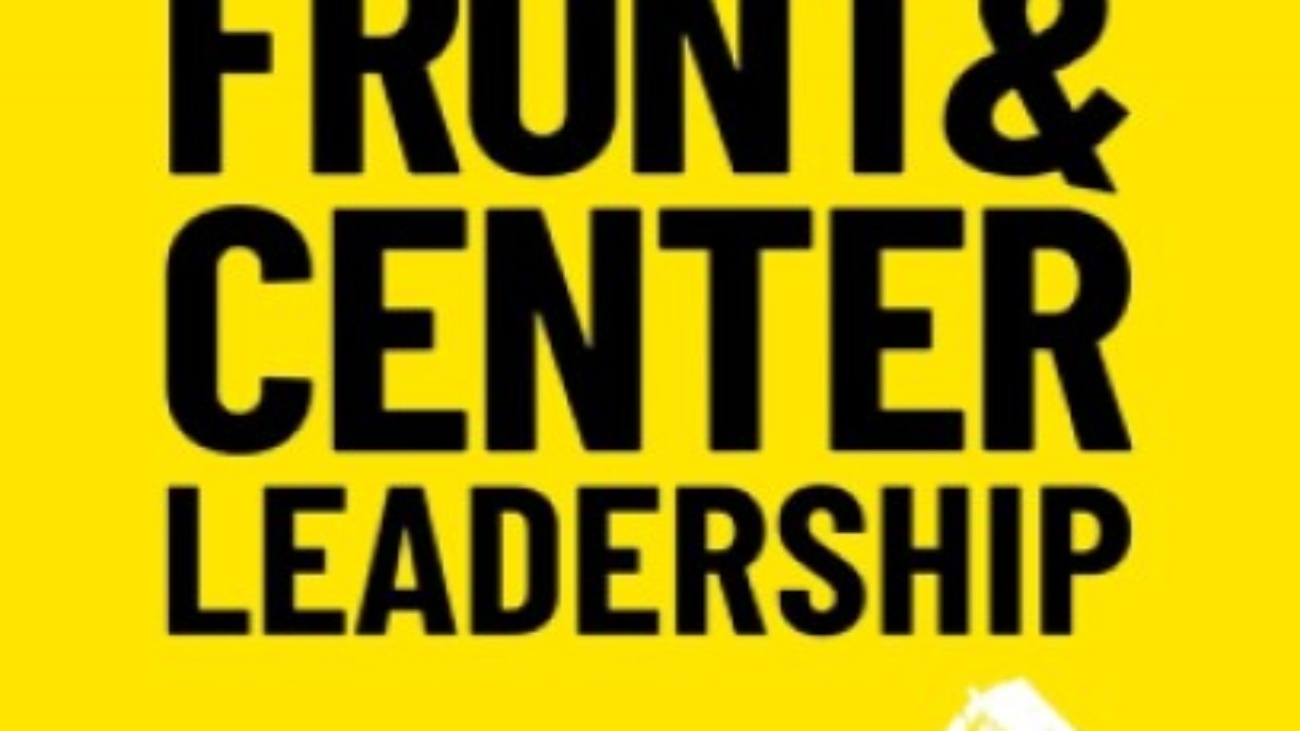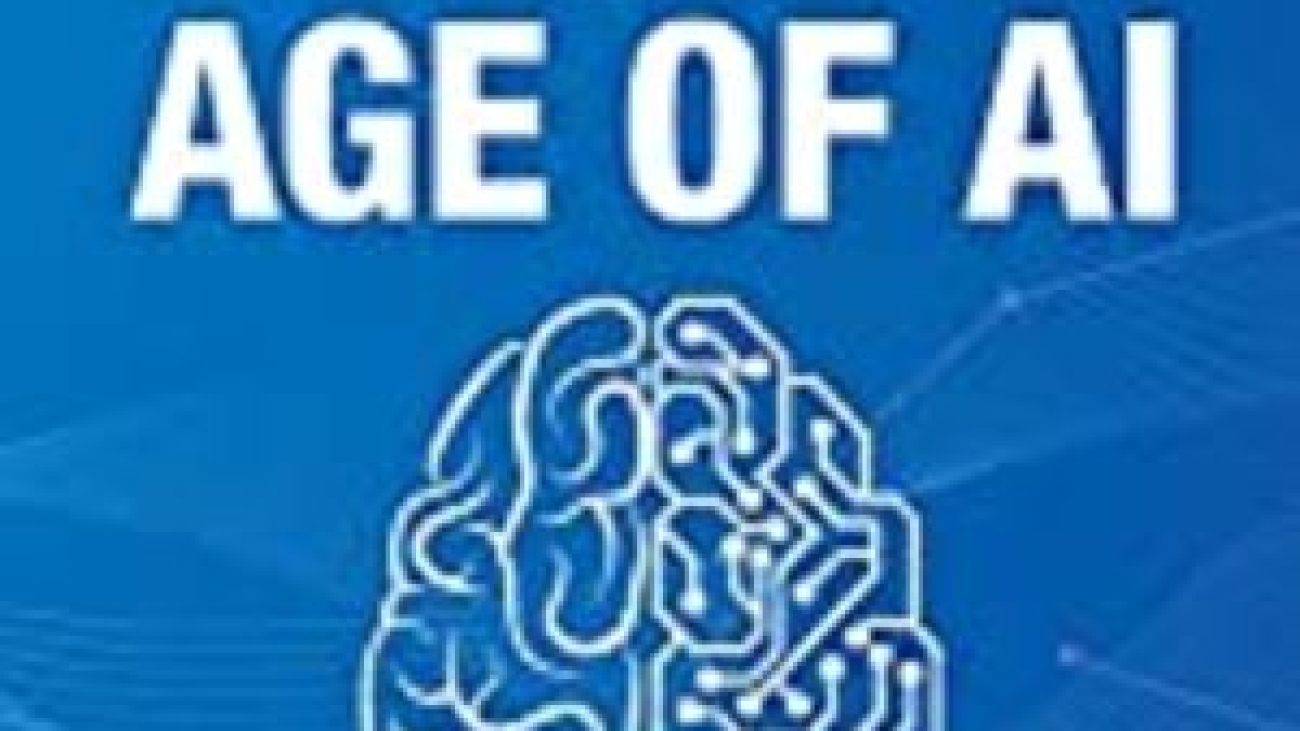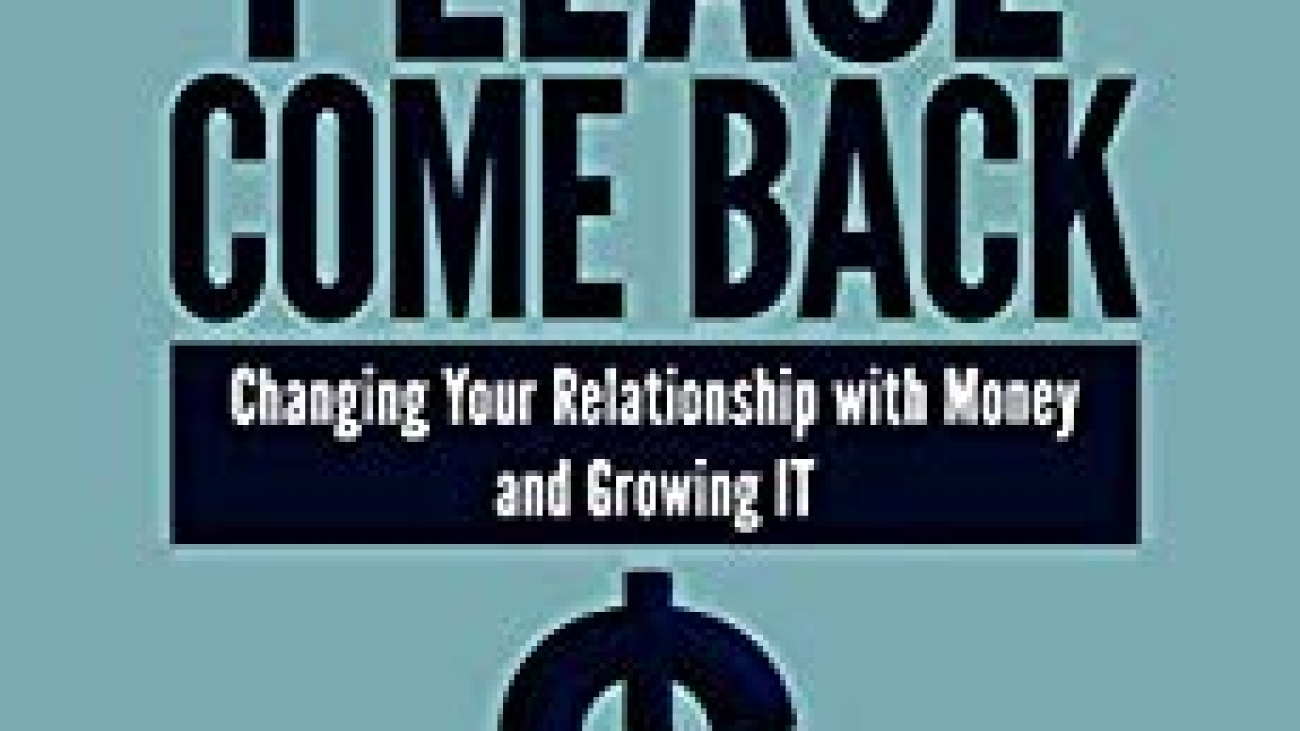Reviewed by Christine Kinori
It has been said that a true leader is not a searcher for consensus but a molder of consensus. Being a leader is no easy task and there are thousands of books out there detailing how to step into leadership. In Front & Center Leadership, Brandon Birkmeyer takes a chance and gives us his take on how to be a present leader. With a tone similar to that of a best friend urging you to believe in yourself, Brandon lures us in. He brings in expert leaders from the personal branding industry, shares inspiring stories, reflective activity exercises and a can-do attitude. This book is almost the perfect guide on how to stand out in the personal branding business. Purchase Here.
From the beginning, Brandon grabs the reader’s attention by sharing his story and explaining how he started, what he learned, and the decisive nature that ignited his dream to be the best he can be. The book is well written, with the 22 chapters perfectly divided into three parts.
The first half of the book talks about his personal journey and explains what front and center leadership is. The second half delves into the art of personal branding and how to go about it. This part is multilayered with each chapter giving step-by-step guidance. The third chapter broaches the four laws of leadership and encourages the reader to step out of their comfort zone and take a seat at the high table. For example, in Chapter 21 “The Confidence Crisis” dares the reader to gain confidence in themselves. It talks about the importance of knowing and trusting yourself. We all have fears that keep us from achieving our goals, and this chapter is quite relatable. It gives us the necessary tools to help us slay our dragons and push ourselves to go after our dreams.
The best part of the book is the activity break that engages the readers to reflect on what they have learned and how they will utilize the information. Each activity break encourages the reader to take a step and audit themselves. It helps the readers get invested in the book as the questions are tailored to inspire them to write their plans and set up the necessary resources, such as social media platforms, to start building their brands. The activity breaks after chapter six helps the readers pick a platform they would like to start.
The book also contains amazing interviews with people well placed in the industry to be dishing pieces of advice. Brandon interviews Nicky Saunders, one of the hosts of the famous Nicky and Moose podcast, and they talk about the importance of choosing the right media platform. He also interviews Kat Norton and many other content creators who happily share their stories and knowledge from years of personal branding.
Ultimately, Front & Center Leadership is an interesting and quick read. Brandon broaches personal branding in a friendly and relatable way that incentivizes the audience to step up to the plate. For anyone looking to become a leader in personal branding, this book is a must read. It is a great guide and will help you decide where to start and how to go about each step. It is a mind-opener for those who are tired of waiting and are ready to take matters into their own hands. If you need some motivation to believe and bet on yourself, then this is the book for you. One of the things I loved about the book is the encouraging tone and Brandon’s choice to include interviews with people who have done it already. It is inspiring to see how they did it and they also share the blueprints of their success. What are you waiting for? Grab a copy of this book and learn how to become a leader in personal branding!




